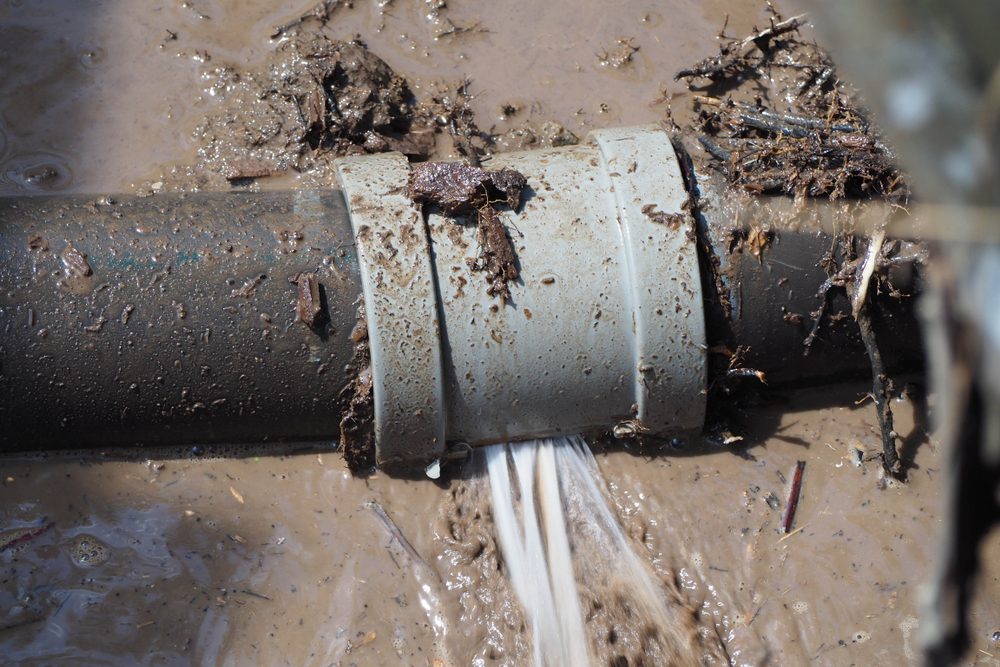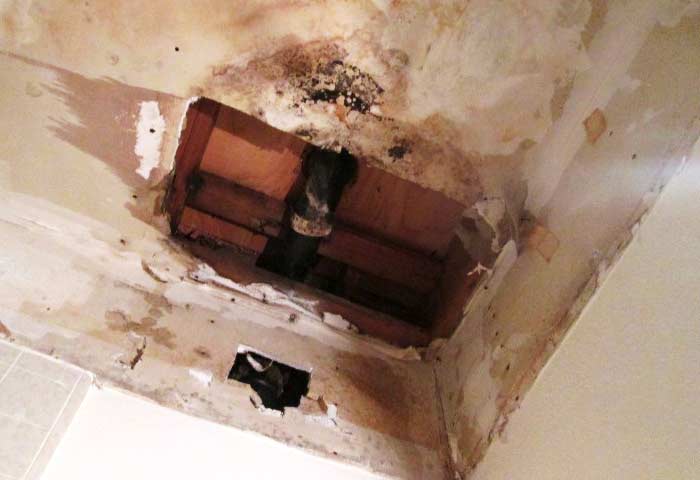The Art of Swift Response: Detecting as well as Fixing a Ruptured Pipe
The Art of Swift Response: Detecting as well as Fixing a Ruptured Pipe
Blog Article
Just how do you feel on the subject of What to Know Before Installing a Dishwasher?

A burst pipe is a significant emergency; you can only stand as you enjoy water you pay a lot to reunite with the planet. In even worse cases, you discover a swimming pool on your kitchen floor, which is a wonderful trip risk, specifically if you have children around. If the pipe that burst remained in your wall surfaces, bad news: you may require to repaint that entire area.
Just how can a disaster like a burst pipe be avoided as well as taken care of? Well, by paying attention to your professional emergency plumbing technicians as well as adhering to these regulations.
How do I know when my pipes have ruptured?
Rising and fall water stress
Pipes do not just burst in a day. You may have observed that your cooking area faucet or shower does not run promptly when you transform the tap. It might stop for a few seconds and afterwards blast you with more force than typical.
In other instances, the water might appear regular in the beginning, after that decrease in pressure after a few seconds.
Wet walls and water stains
Before a pipe bursts, it will leakage, most times. If this persistent leaking goes unnoticed, the leak may graduate into a broad laceration in your pipe. One simple method to avoid this emergency is to watch out for wet walls ad water spots. These water stains will certainly lead you right to the leakage.
Puddles under pipelines as well as sinks
When a pipeline ruptureds, the outflow develops a puddle. It might show up that the pool is growing in size, and also despite the amount of times you wipe the pool, in a couple of minutes, there's one more one waiting to be cleaned. Frequently, you might not have the ability to map the puddle to any visible pipelines. This is an indicator to call a specialist plumber.
Untraceable leaking noises
Pipe ruptureds can take place in one of the most undesirable areas, like within concrete, inside wall surfaces, or under sinks. When your house goes quiet, you might be able to listen to an aggravatingly relentless leaking noise. Even after you have actually inspected your shower head as well as kitchen faucet, the trickling may continue.
Beloved viewers, the leaking may be originating from a pipeline inside your walls. There isn't much you can do about that, other than tell a specialist plumber.
Turn off the Water
When water ices up, it broadens in volume by regarding 9 percent. And it increases with significant force: The pressure inside pipelines may go from 40 pounds per square inch to 40,000 psi! No pipeline can hold that much pressure, so it breaks open. The break might happen where the ice forms, but regularly, it happens where water pressure locates a vulnerable point in the pipe. That might be inches or even feet from the icy area. Locate the water shutoff valve and shut off the water to prevent even more damage. You might additionally need to shut down the electrical energy as well, relying on where the leaks takes place as well as just how huge it is.
Contaminated water
Lots of people assume a ruptured pipe is a one-way electrical outlet. Quite the contrary. As water spurts of the hole or gouge in your plumbing system, pollutants find their method.
Your water might be contaminated from the resource, so if you can, check if your water storage tank has any issues. Nonetheless, if your drinking water is provided and cleansed by the city government, you must call your plumber immediately if you see or smell anything amusing in your water.
What do I do when I find a ruptured pipe?
Your water meter will remain to run also while your water wastes. To reduce your losses, discover the major controls and transform the supply off. The water pipe are an above-ground structure at the edge of your residential property.
How to Fix & Detect a Leaking Pipe
How Do I Know if a Pipe is Leaking?
Leak detection tests can help you determine if your pipe has a leak. Even if you don’t see an apparent leak, you should still conduct leak detection tests regularly to save water and money—and prevent major damage to your home.
Water meter. It can be helpful to figure out what your usual water meter usage numbers are and then monitor them regularly. To monitor your meter, first, turn off all water faucets in your home. Check the meter and write down the numbers. In a few hours, check the meter again. If the numbers have changed, you have a leak. Water gauge. Use a water gauge to test your water pressure. Your showerhead should produce a certain amount of water pressure based on its model and design. If the pressure is lower than it is supposed to be for that specific showerhead, your home likely has a leak. Puddles. Look inside your bathroom, laundry, and kitchen sink cabinets. Puddles around the cabinets or around toilets, tubs, showers, and washing machines indicate the presence of a leaking pipe. You may also notice loose tiles, peeling or flaking paint, or mold caused by water accumulation. Napkin test. Even if you don’t see any puddles, you may still have a leak. You can test for water leaks in the bathroom, laundry, and kitchen by wiping below-sink connections with a napkin, paper towel, or piece of toilet paper. If it becomes damp, you probably have a leaking pipe under the sink. Discolored walls. Walls that are discolored—usually with brown or yellow stains—or bulging might mean that they have been impacted by water damage caused by a leaking pipe. Smell. A leaky pipe will create sitting water, and over time, that water may develop a musty smell. If your home smells musty, but you can’t locate the source, it may be due to a leak. Steps for Fixing a Leaking Pipe
A leaky drain can be remedied by tightening the pipe base, replacing the drain seal, caulking the rim, and tightening the pipe nut. Similarly, a leaking toilet pipe can be treated by tightening the packing nut. You may also need to replace the valve. A leaky faucet may just need tightening or replacement of the washers. If that doesn’t work, consider replacing your faucet. If your pipe has a hole in it, you may want to use a pipe leak sealer or pipe leak tape. This quick fix for water pipe leaks can also temporarily fix a copper pipe leak. https://www.ahs.com/home-matters/quick-tips/how-to-tell-if-pipes-are-leaking/

I ran across that content on What to Know Before Installing a Dishwasher when doing research the internet. Do you know anybody else who is in the market for the topic? Be sure promote it. Thank you for taking the time to read it.
Free Estimate
Report this page